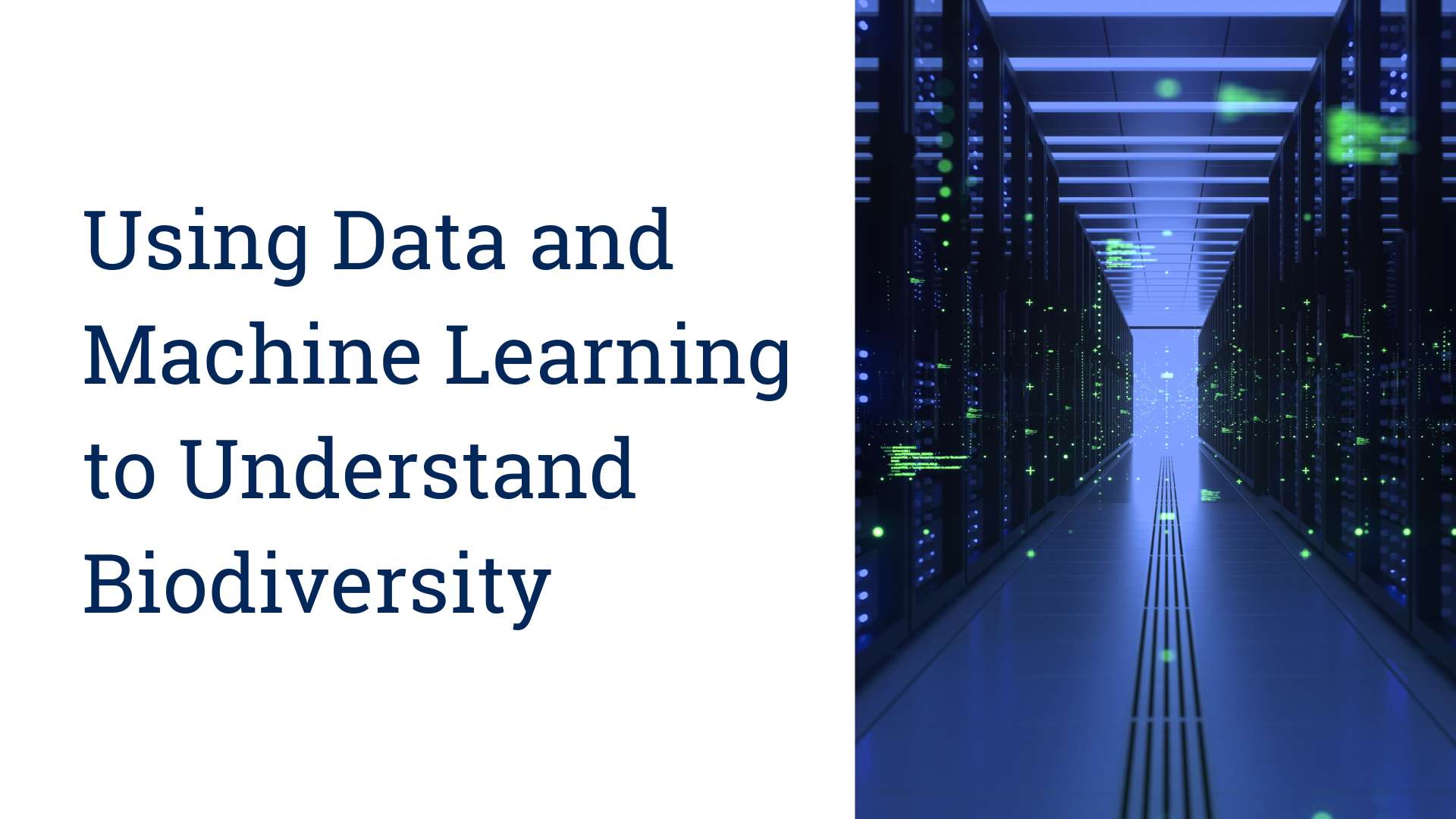
Using Data and Machine Learning to Understand Biodiversity
By Iris May-Fleming, Media Intern
It may seem obvious that everything in our world is interconnected, but we often underestimate to what degree and struggle to draw the connecting lines between all of the different forces at play in our environment. A team of researchers at the University of Maine (UMaine) are working on the Rules of Life Engine Model (RoLE Model), a computational model that finds connections between how different species develop. “If we can understand this, then we can better predict how any given community may respond to global climate change or human-mediated habitat disturbance,” Isaac Overcast, a postdoctoral research fellow with UMaine’s Ecological and Evolutionary Informatics Lab, explained.
The RoLE model, an NSF-funded project led by Andy Rominger (UMaine Professor of Ecological Bioinformatics), aims to create a unified model of the many processes that contribute to biodiversity. Researchers like Overcast use data on speciation, migration, selection, random birth, and death, and use it to make predictions about biodiversity patterns. The RoLE Model utilizes machine learning models where algorithms imitate natural learning, allowing the model to fit biological processes to empirical data. “Computational resources are absolutely critical for the work that I do.” He explained, “The machine learning approach requires an enormous amount of simulations, so I would never be able to do my work without substantial computational resources.”
To help with some of his research, Overcast uses the Ohio Supercomputing Center (OSC), one of the Advanced Research Computing Systems Information Management (ARCSIM)’s partners. “I have experience working on dozens of high performance computing platforms and I can say that OSC is by far the easiest to use, and has greatly enabled my productivity,” explained Overcast. “ My jobs run quickly, the web portal is super useful, and I’ve never had any technical or support issues at all. I have literally no complaints, those people are doing great work and providing an awesome resource.” This ease of use lets Overcast spend more time focussed on his research.
Overcast wants more people to see the bigger picture. “I wish people knew more about how interconnected all of life is. It seems obvious, but still it’s so easy for people to think about ‘biodiversity’ as polar bears” Overcast said. “ If we want to protect polar bears, which I do, we need to in some sense protect the entire ecological system that polar bears exist in. This seems like it turns the project of conservation into a much bigger problem, but really it’s just a shift of focus.”
The RoLE-Model as a whole aims to give researchers better tools to continue conservation efforts, focusing on understanding and remediating the pressure imposed by human society on biodiversity. For example, the computer models that he works on help with the understanding of invasion biology, and why some communities are more resistant to invasive species. He explained, “If we can figure this out then we can work with NGOs and local governments of vulnerable island nations to implement more effective conservation and remediation strategies.”
